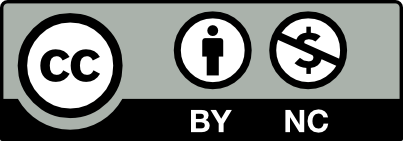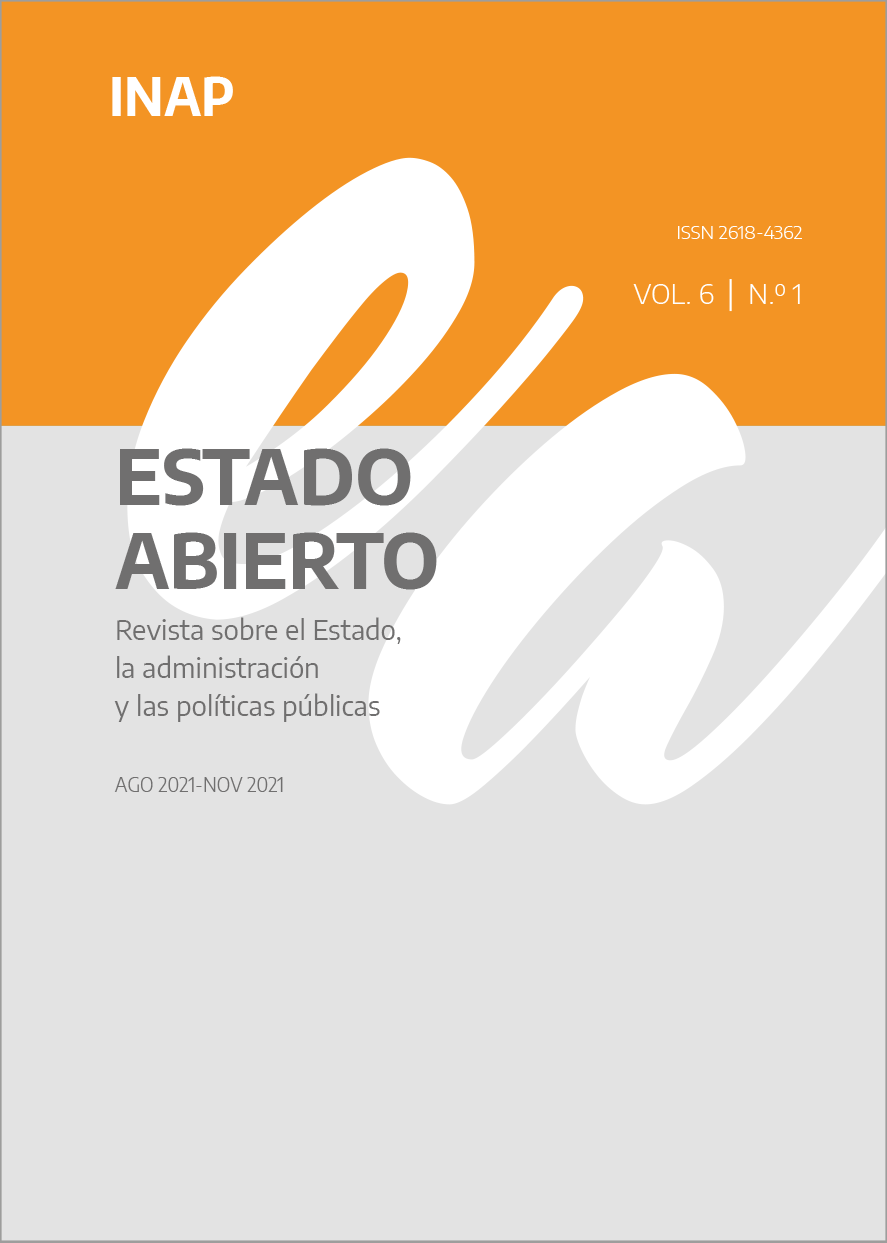« Intervenciones quirúrgicas»
Las herramientas del Estado para sabotear «con éxito» las organizaciones criminales digitales
Resumen
Las ventajas de la globalización y el nuevo paradigma tecnológico han permitido a las organizaciones criminales incrementar su poder y desafiar a los Estados nacionales. Estos vienen sufriendo derrotas en los intentos por enfrentarlas con sus procesos repetitivos y burocráticos. «Intervenciones quirúrgicas» es una nueva modalidad de intervención que posibilita a las agencias públicas hacer frente con éxito a esta amenaza. Desarrolladas a partir de las ideas de Malcom Sparrow y de Herman Goldstein, se abordan cinco casos empíricos donde el Estado fue capaz de generar políticas apropiadas ante esta amenaza. Se analiza qué, cómo y por qué tuvieron éxito.
Abstract
The advantages of globalization and the new technological paradigm have allowed criminal organizations to increase their power and challenge Nation States. These are suffering defeats when they try to face criminal organizations with their repetitive and bureaucratic processes. «Surgical interventions» is a new kind of intervention that allows Public Agencies to face this threat successfully. Developed from the emerging paradigm of regulatory agencies by Malcom Sparrow and Herman Goldstein’s problem oriented police, five empirical cases are analyzed where the agencies were capable of face the challenge. The article studies what, how and why they were successful.
Descargas
Citas
Agranoff, R. (2007). Managing within networks: adding value to public organizations. Google Books.
Bardach, E. (1998). Gettin agencies to work together. The practice and theory of managerial craftmanship. The Brooking Institution.
Bardach, E. & Kagan, R. (1986). Going by the book. The problem of regulatory unreasonableness. Temple University Press.
Becker, G. S. (1974). Crime and punishment: an economic approach. En G. S. Becker & W. Landes (Eds.), Essays in economics of crime and punishment.
Beittel (2015). Mexico: organized crime and drug trafficking organizations. En E. Brynjolfsson, & A. McAfee, The second machine age. Work, progress, and prosperity in a time of brilliant technologies. Norton.
Brynjolfsson, E. & McElheran, K. (2016). The rapid adoption of data-driven decision-making. American Economic Review, 106(5), 133-139.
Chabat, J. (2010). El Estado y el crimen organizado trasnacional: amenaza global, respuestas nacionales. Revista de Historia Internacional, año 11, (42), 3-14.
Chabat, J. (2010). La respuesta del gobierno de Calderón al desafío del narcotráfico: entre lo malo y lo peor. CIDE.
Cockayne, J. (2007). Transnational organized crime: multilateral responses to a rising threat. International Peace Academy.
Cruz, J. M. (2010). Estado y violencia criminal en América Latina. Nueva Sociedad, 226, 67-84.
De Sousa, R. S. (2004). Narcotráfico y economía ilícita: las redes del crimen organizado en Río de Janeiro. Revista Mexicana de Sociología, 66(1), 141-192.
Denhart, R. B. (2008). Theories of public administration. Belmont-Thomson-Wadsworth.
Depetris, J. A. (2012). Deportes extremos: construyendo capacidades estatales en la lucha contra el narcotráfico. El caso de la Aduana Argentina (2005- 2010). Instituto de Estudios Tributarios, Aduaneros y de los Recursos de la Seguridad Social – AFIP.
Depetris, J. A. (2018). Organizaciones criminales digitales, organizaciones públicas industriales. Revista Tres Artículos, 2, 36-58.
Eck, J. (2002). Learning from experience in problem oriented police and situacional prevention. Crime Prevention Studies, 14, 93-117.
Eck, J. (2000). Police and crime event concentration. Transaction Publisher.
Felbab-Brown, V. (2014). Improving Supply Side Policies. En The London School of Economics and Political Science (Ed.), Ending de drug wars. LSE.
Frederickson, H. G. & Smith, B. K. (2003). The public administration theory primer. Westview.
Goldstein, H. (1979). Improving policing: a problem-oriented approach. Crime & Delinquency, 25(2), 236-258.
Goldstein, H. (1990). Problem oriented policing. McGraw Hill.
Howard, P. K. (1994). The death of common sense: how law is suffocating America. Random House.
Kanter, R. M. (1990). Cuando los gigantes aprenden a bailar. Plaza & Janés.
Klerks, P. (1999). The network pardigm applied to criminal organizations: theoretical nitpicing or relevan doctrine for investigators? Recent developments. En A. Edwards & P. Gil (Eds.), Transnational organized crime. Perspectives on global security. Routledge.
Lupsha, P. (1996). Organized crime versus the nation state. Trasnational Organized Crime, 2(1), 21-48.
McAfee, A. & Brynjolfsson, E. (2017). Machine, platform, crowd: harnessing our digital future. Norton Company.
Merton, R. K. (2007). Bureacucratic structure and personality. En J. Shafritz, & A. Hyde, Classics of public administration. Thomson Wadsworth.
Mintzberg, H. (2003). Diseño de organizaciones eficientes. El Ateneo.
Moore, M. (1995). Creating public value. Harvard University Press.
Naím, M. (2006). Illicit. How smugglers, traffickers and copycats are hijacking the global economy. Random House Mondadori.
Naím, M. (2012). Mafia states. Organized crimes takes office. Foreign Affairs 91(3), 100-111.
Naím, M. (2003). The five wars of globalization. Foreign Policy, 134, 28-37.
Paoli, L. (2002). The paradoxes of organized crime. Crime, Law and Social Change, 37.
Prieto, C. A. (2012). Las Bacrim y el crimen organizado en Colombia. Friedrich- Ebert-Stiftung, Programa de Cooperación en Seguridad Regional.
Reuter, P. (2014). The mobility of drug trafficking. En The London School of Economics and Political Science (Ed.), Ending de drug wars. LSE.
Reuter, P. & Haaga, J. (1988). Organization of high level drug markets. An exploratory study. Rand Corporation.
Schwab, K. (2017). The fourth Industrial Revolution. Crown Business.
Sozzo, M. (2002). Pensar alternativas teóricas y políticas sobre la cuestión de la criminalidad. Seguridad urbana. Nuevos problemas, nuevas perspectivas. Ediciones UNL.
Sparrow, M. (1994). Imposing duties. Praeger.
Sparrow, M. (2000). The regulatory craft. Brookings Institution.
Sparrow, M. (2008). The character of harms: operational challenges in control. Cambridge University Press.
Sparrow, M., Moore, M. & Kennedy, D. (1990). Beyond 911. A new era for policing. Basic Books.
United Nations Office on Drugs and Crime (2012). Delincuencia organizada trasnacional en Centro América y el Caribe: una evaluación de las amenazas. UNODC.
United Nations Office on Drugs and Crime (2016). The Threat of Trasnational Organized Crime. UNODC.
Varese, F. (2011). Mafias on the move: how organized crime conquers new territories. Princeton University Press.
Villamariona, J. A. (2006). Los efectos contraproducentes de los Planes Mano Dura. Quórum. Revista de pensamiento iberoamericano, (16), 81-94.

La Revista Estado Abierto y su contenido se brindan bajo una Licencia Creative Commons Atribución-No Comercial 2.5 Argentina.Es posible copiar, comunicar y distribuir públicamente su contenido siempre que se cite a los autores individuales y el nombre de esta publicación, así como la institución editorial. El contenido de la Revista Estado Abierto no puede utilizarse con fines comerciales.


